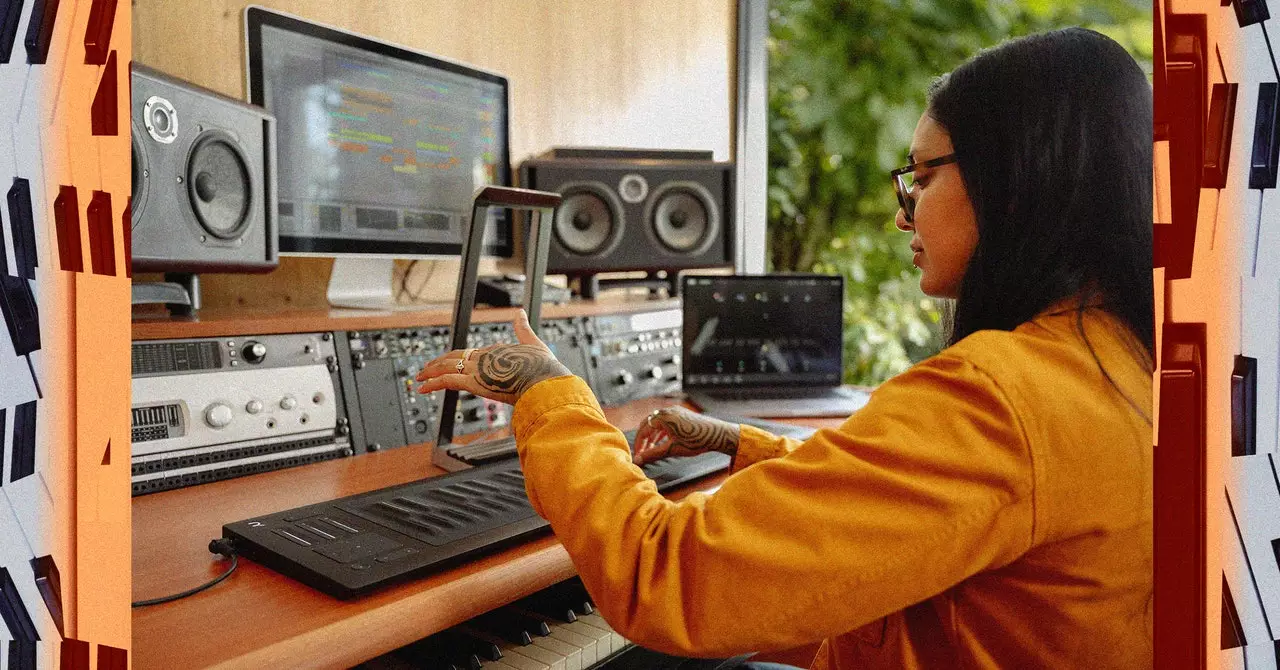In an era where technology permeates every aspect of our lives, the field of music education is undergoing a significant transformation. Traditional methods often rely on a teacher’s guidance to foster skill development, a process that can be slow and cumbersome. Recent innovations like the Airwave are emerging as potential game-changers, with the ambition of making music learning more accessible and engaging. This article delves into the evolving landscape of music education, examining how the Airwave aims to bridge the gap between traditional instruction and modern technology.
Many aspiring musicians encounter a wall when transitioning from theory to practice. According to music educator and innovator, Lamb, the conventional learning methods often result in stagnation. He notes that while music education is integral to developing skills, students frequently find it difficult to progress at the desired rate. The Airwave, a revolutionary tool set for release in 2024, aims to tackle this inefficiency by offering a more hands-on learning experience. By integrating artificial intelligence and real-time feedback, the Airwave seeks to create an environment conducive to improvement.
The Role of AI in Music Education
One of the standout features of the Airwave is its use of advanced AI technology. The device employs computer vision via an integrated camera, which not only captures the student’s movements but provides immediate background on their performance. Furthermore, the Airwave will incorporate OpenAI’s ChatGPT, allowing students to interactively engage with lessons. This feature enables users to issue voice commands to load songs or seek answers to musical queries. Whether asking about the elements of a C minor chord or delving deeper into musical theory, learners now have an instant resource at their disposal.
However, while this technology significantly streamlines the learning process, it is crucial to recognize its limitations. Although AI can quickly deliver information, it does not replace the nuanced guidance that a seasoned teacher provides. The immediacy of information can sometimes come at the expense of comprehensive understanding, as in-depth explanations that a human instructor could offer may be simplified by AI due to the lack of contextual awareness. Thus, while AI can be a great educational tool, it should complement rather than replace traditional instruction.
The Concept of Efficient Practice
Lamb emphasizes that for centuries, people have engaged in piano practice, accumulating vast amounts of time spent on learning. However, this journey has traditionally been linked with significant inefficiencies. The Airwave aims to change that by serving as an intelligent tool that transforms isolated practice into a more interactive experience. By enabling students to receive immediate feedback on their techniques, the Airwave empowers them to self-correct and learn more effectively at their own pace.
Furthermore, Lamb recognizes the challenges of scheduling lessons with an instructor, which can make consistent learning difficult. The Airwave provides an alternative that caters to students seeking on-demand learning opportunities. This flexibility is particularly important in a world where busy schedules often clash with the availability of qualified teachers.
Beyond teaching capabilities, the Airwave is envisioned as an innovative instrument for more advanced musicians engaged in music production. Lamb’s demonstration of the device showcased its ability to track intricate hand movements in real-time, similar to the way a theremin is played. This allows musicians to manipulate sound parameters through gestures, enhancing creativity. Features such as tilt, glide, and other subtler hand movements can affect pitch and filters, offering a unique approach to music creation that was previously unattainable with traditional keyboards.
This intersection of education and performance marks a significant evolution in how musicians can interact with their instruments. The ability to seamlessly integrate AI-driven elements with physical performance stands to augment the creative possibilities for users, thereby inviting a new generation of musicians to explore their artistry in innovative ways.
The Airwave exemplifies a promising future in music education, characterized by enhanced interactivity and adaptability. With its intelligent features, it aims to streamline the learning process, making music both accessible and exciting for a broad audience. Although technology can never fully replace traditional pedagogical methods, the Airwave represents a pivotal step toward blending the best of both worlds, inspiring musicians to embrace a rich, engaging learning journey that resonates with the needs of modern learners. As we stand on the cusp of this revolution, the potential for AI and advanced technology in the realm of music education seems boundless, as does the promise of fostering a new generation of talented musicians.

